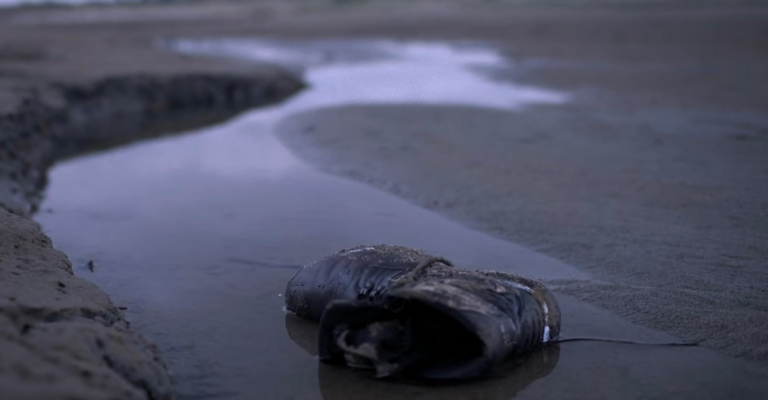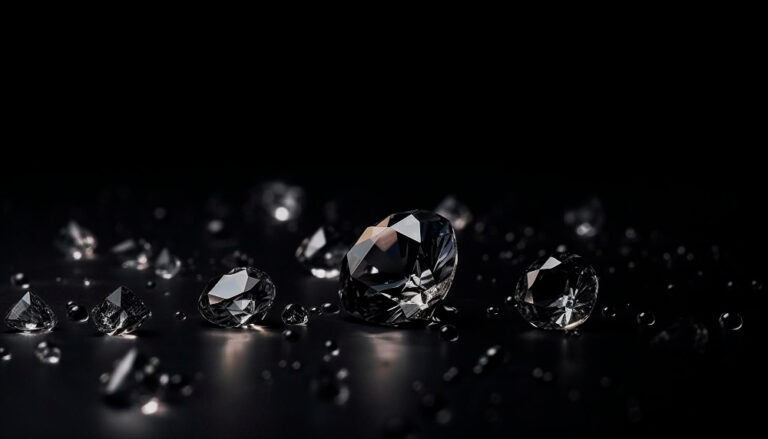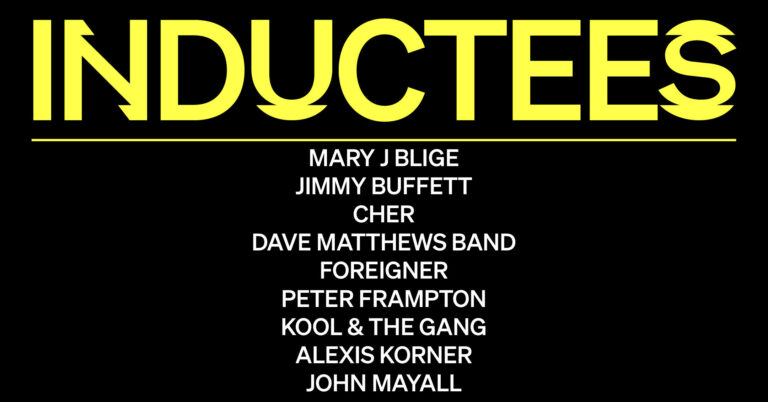The internet has changed the betting industry. We now have diverse platforms offering quality wagering services. You can find football, cricket, basketball, and even DOTA 2 betting site for eSports lovers. The changes also spread through the different types of bets as they have increased.
We have the simple ones like the money line and quite advanced ones. While veteran bettors would not have issues with many of them, they might be challenging to newbie punters. Taking this into consideration, we have examined many types of betting and explained them in this article.
Fixed Odds Betting
The simplest type of betting and is quite popular also. It involves the punter placing a bet and the bookmaker accepting it based on agreed odds. Once the event is settled, the bookmaker pays the bettors based on the agreed odds multiplied by the stake. If otherwise, the bookmaker claims all the stake in the wager.
This form of betting is common in both online and physical betting shops. For instance, if you stake PSG to beat Barcelona in their UEFA Champions League clash. If the odd is 2.5, and you staked £100 on it. You will receive £250, if PSG wins, or lose your wager if the PSG fails to win.
Further, Fixed Odds betting has several kinds of betting markets. They all maintain their fixed Odds once the bet is placed. This kind can be a single bet or multiple bet, and you will find the following types of fixed Odds wagering exciting:
- Moneyline/Match Result: This is one of the most common and straightforward markets. You only need to predict the outcome of the match to win. Some games have two possible results (home win or away win), called Moneyline. Other games like football sometimes end in a draw, introducing the 1×2 (3-way) style.
- Totals: Totals allow you to predict the number of points or goals the playing teams will score. It can be under or over. Under means the goals will not exceed a certain number, while over means it will be less than the specified figure. For instance, Over 1.5 goals means there will be at least two goals in the match, while Under 3.5 means the goals will not exceed 3.
- Handicap Markets: Handicaps are a slightly advanced form of Moneyline. This is because one of the teams is given a predetermined advantage in the form of points or goals. You must predict correctly if the other player or team will overcome the advantage. For instance, you may give Liverpool a handicap of +1.5 in their Europa League matches against Atalanta. For your bet to win the wager, Atalanta must not win; if they do win, the margin will be less than two goals.
- Futures: This form of fixed Odds wagering is long-term and common with online bookmakers. Here, you’re allowed to predict the winner of a tournament or league. This wager is often placed from the beginning of the season, and if the prediction is right, the bettor wins.
- Props: These are proposition bets that, most of the time, have nothing to do with match outcomes. It often features special markets like goalscorers, wagers on the transfer market, players’ statistics in a match, etc. This type of wager is exclusive to online platforms.
Exchange Betting
Exchange betting is a rising form of betting that is a little different from the conventional fixed Odds type. There are two parties involved. The first, which is the punter, places a bet that an event will happen while the other party (another bettor) bets that the market will not happen, assuming the role of a bookmaker.
The process of betting here is called backing (an option will happen) and laying (an option will NOT happen). Liabilities are covered by the punters, unlike bookmakers in conventional wagering. The Betting Exchange only forms the meeting place for both parties. They often make their money through commission charged on each wager.
For instance, in the EPL clash between Chelsea and Arsenal, you can stake on Arsenal to win (Backing) and other bettors bet on Arsenal NOT to win (Laying). If Arsenal wins, the wager by the other party covers your winnings, not the bookmaker.
In-Play/Live Betting
This type of wagering is fastly taking the main stage in online betting. The focus here is on games that are in progress, which is the main difference from fixed-odd betting. Most of the markets are available, but the odds quickly fluctuate.
It helps players to make better decisions based on the situation in the match. But this often changes, creating unique betting options in this type of wagering. Some markets include:
| Next Team to Score | Predict the team that will score next |
| Race to X Points | Predict the team that will reach a specified point or goal first. |
| The next Player to Score | Forecast the player to score the next goal |
| Team/Player to Win Next Set/Innings/Quarter/Half | Forecast who will become victorious in the following quarter, half, innings, set, etc. |
| To win the rest of the match | Predict who will win the remaining time left, disregarding the current scoreline |
Accumulators and Parlays
This is another common wagering type where you have more than one market in your bet slip. This can involve pre-match or in-play options or any market the bookmaker allows. The success of the Accumulator depends on all selections in the slip. They must all win; otherwise, the wager will be lost.
The slip can be Double, Treble, fourfold, fivefold, etc. For instance, on one bet slip, you can have Arsenal Win Over 2.5 in the Manchester Derby, Both Teams To Score in El Clásico, etc. They must all come to pass for the bet to win.
Picking the Best Betting Type
Many betting types will thrill you as a punter. But your preferences and sports often influence which one you choose. In all, there is no better betting style, but some are simpler than others. You just need to find which is convenient for you. Exploring others is also not a bad idea.












